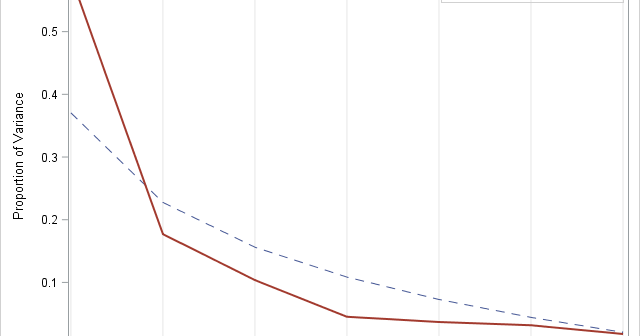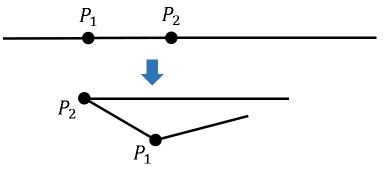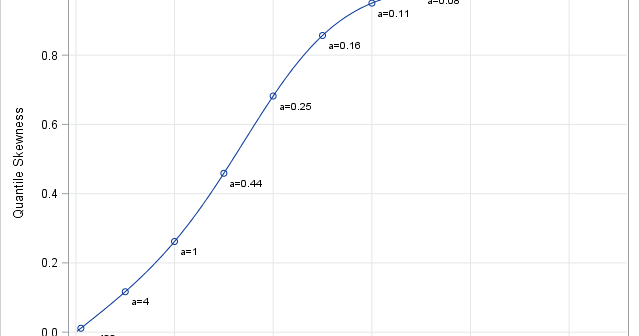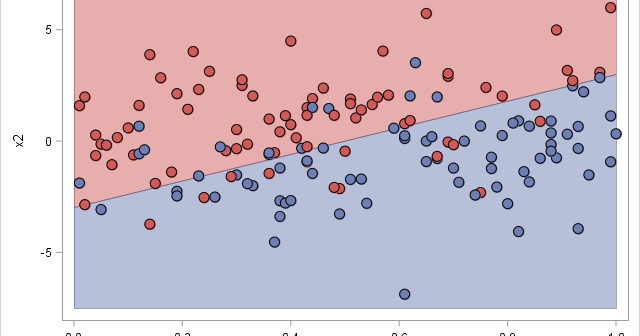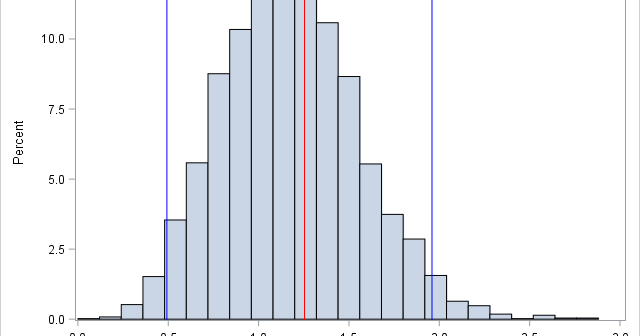
A SAS customer asked, "I computed the eigenvectors of a matrix in SAS and in another software package. I got different answers? How do I know which answer is correct?" I've been asked variations of this question dozens of times. The answer is usually "both answers are correct." The mathematical


